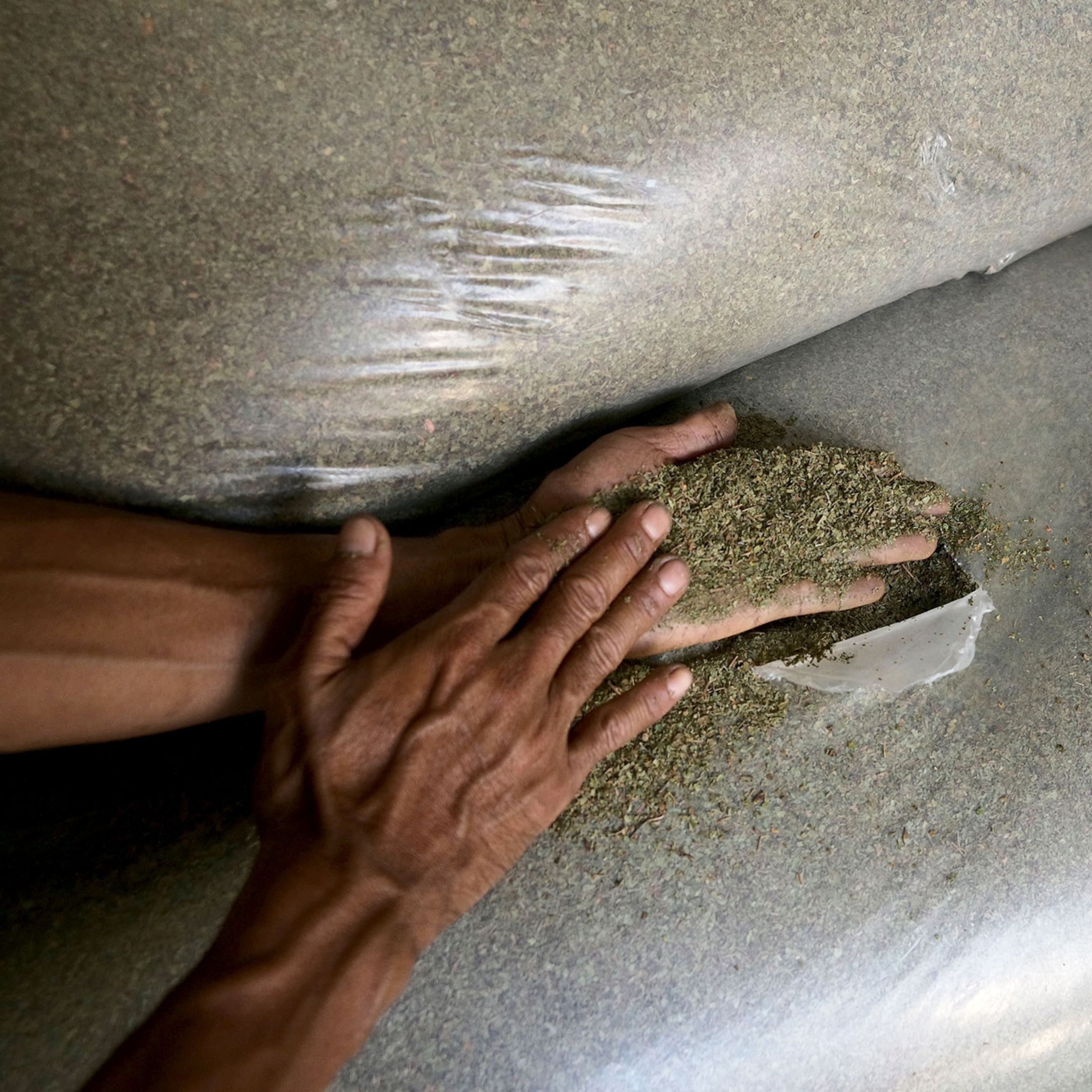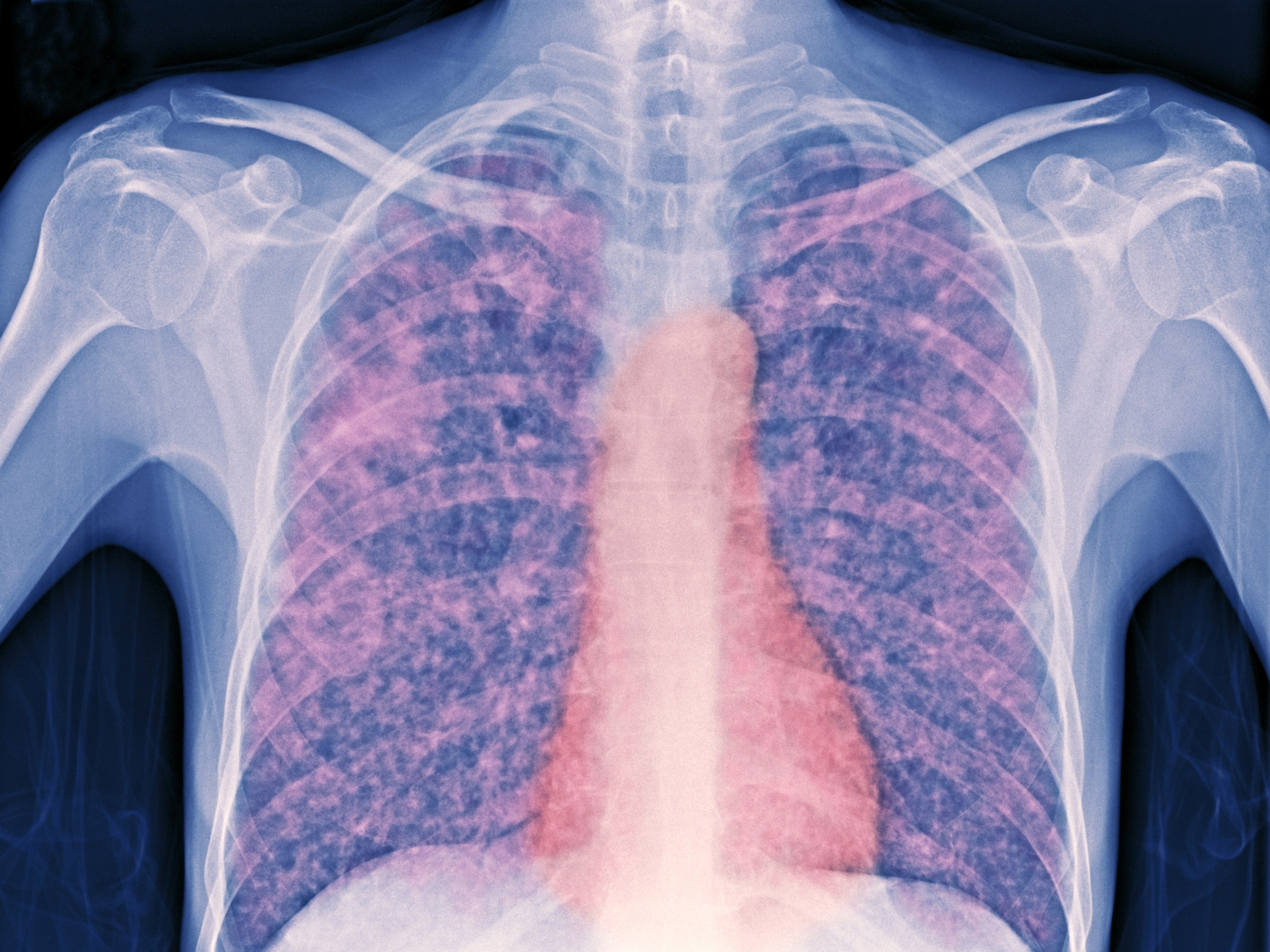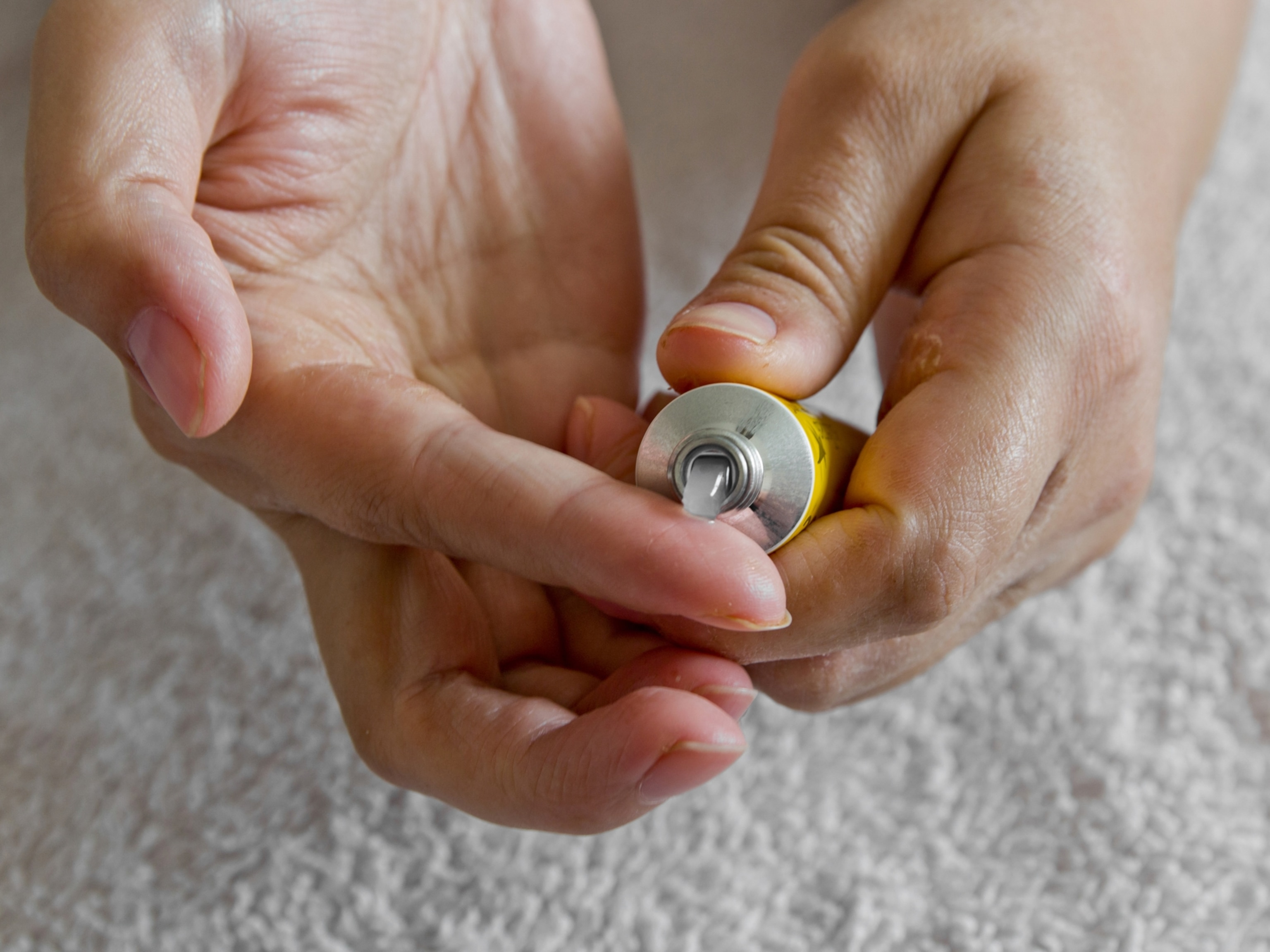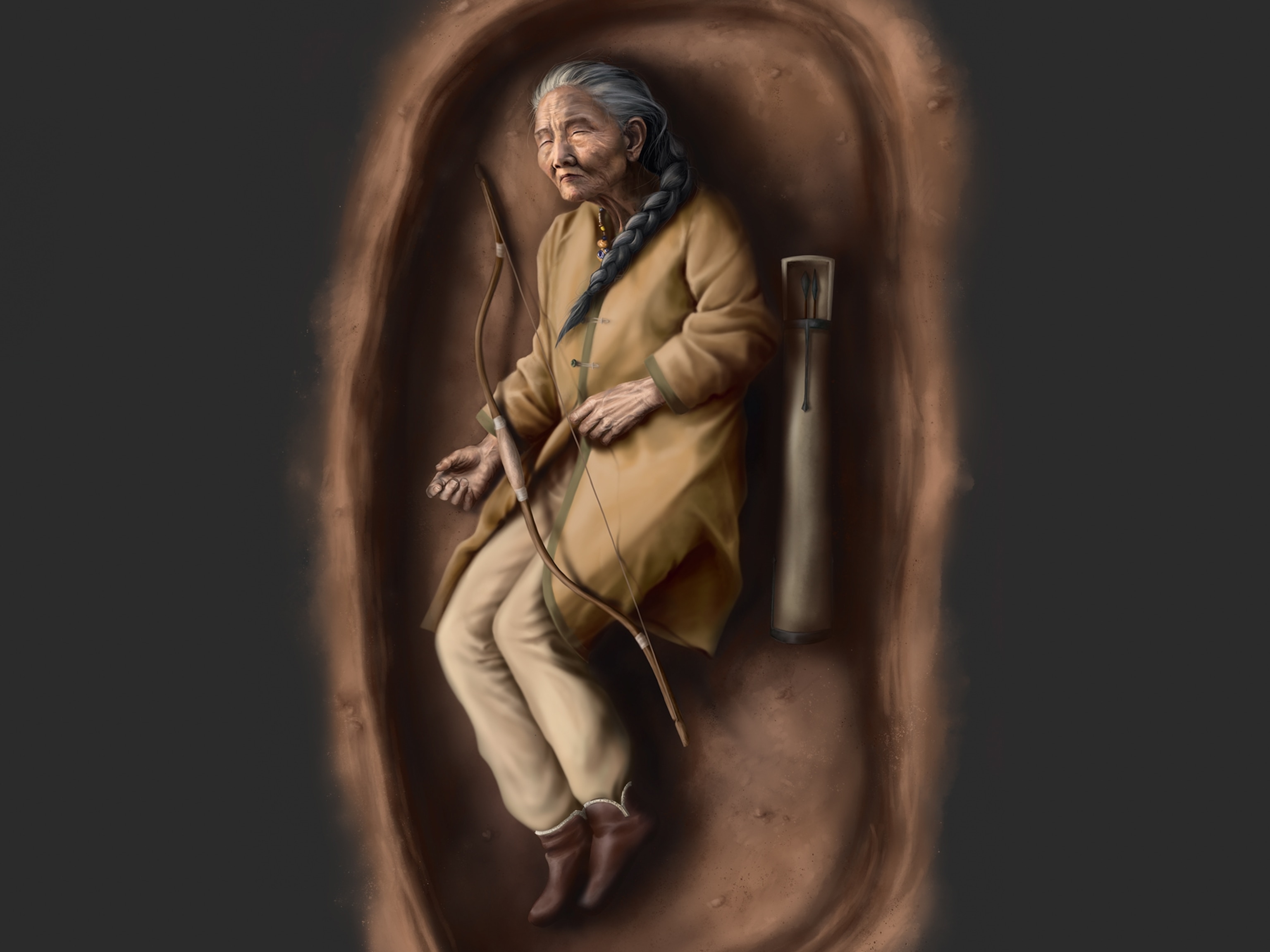5 recent scientific findings that change what we know about cannabis
As legal restrictions loosen, scientists are investigating long held beliefs that cannabis has few side effects and can effectively relieve pain.
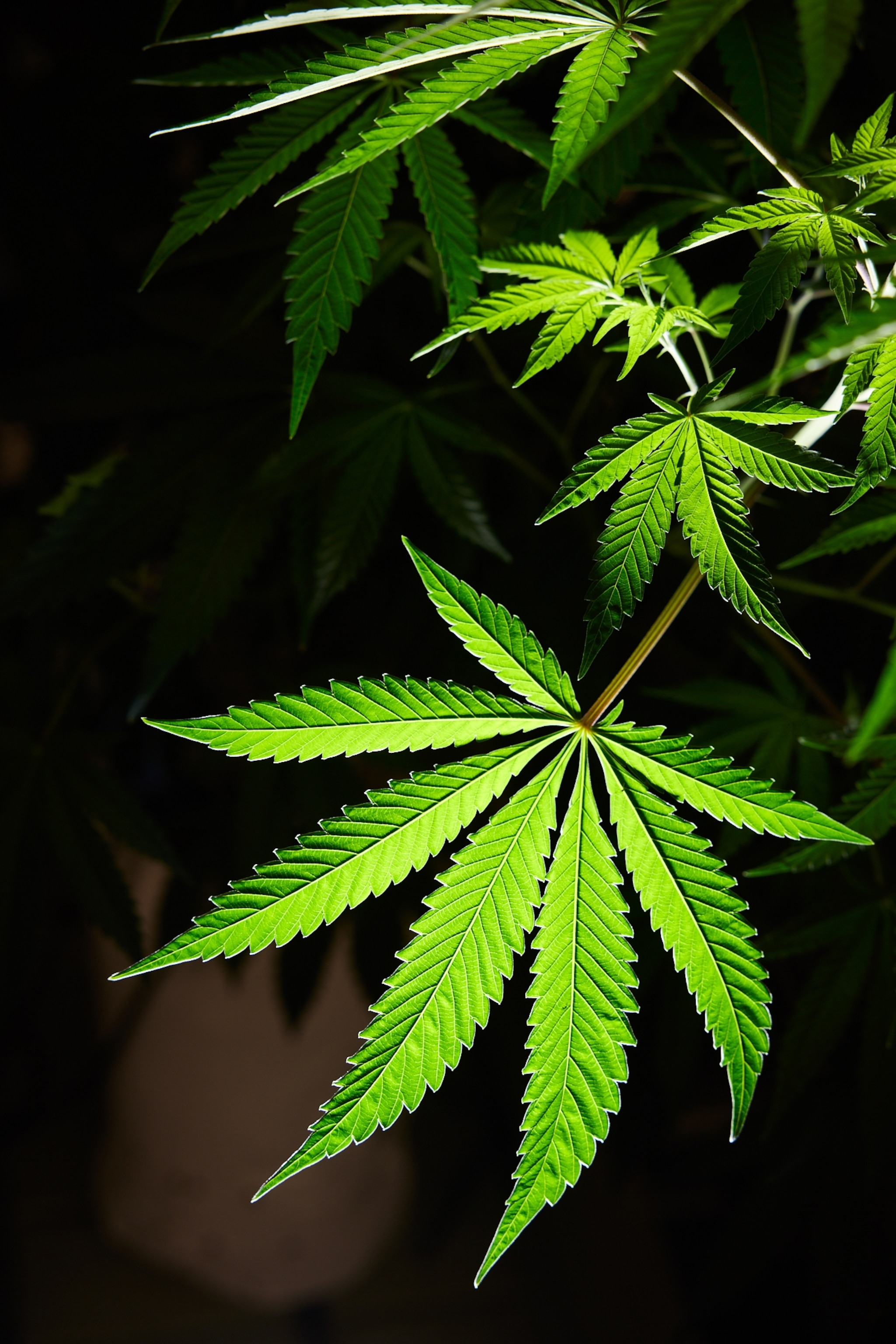
Despite how many Americans use cannabis—now about one in five—there has historically been a gap in our scientific understanding of its health effects. But as policies against the drug loosen, we’re starting to learn more than ever about cannabis.
You might think we know a lot about cannabis. Humans have been cultivating the plant for 12,000 years and using it as a psychoactive substance for at least 2,500. Conventional wisdom holds that cannabis offers a safe, natural alternative to pharmaceuticals for treating pain, nausea, muscle spasms, appetite, and post-traumatic stress disorder.
(Scientists discover the earliest direct evidence for humans using cannabis as a drug.)
And indeed there is evidence that cannabis can help with pain from cancer, and the U.S. Food and Drug Administration has approved two artificial cannabinoid medicines to help cancer patients with nausea and vomiting.
But now, we’re learning that the drug isn’t quite as harmless as some people believed. Thanks in part to loosening restrictions on accessing cannabis for medical research, scientists are revealing the downsides of using cannabis might be greater than we thought, posing long-term threats to the lungs, heart, gastrointestinal tract, and mental health.
That’s not to say cannabis can’t help with chronic pain, nausea, appetite and more—it’s just that we don’t yet have the research to know for sure. Here’s what we’ve learned in the last few years about cannabis.
1. Is cannabis as effective at pain relief as we think?
Even though pain management is one of the most common reasons people report for using medical cannabis in the United States, studies show it actually has mixed results for reducing pain in the general population, wrote Meryl Davids Landau in a story published in January 2023.
Reputable studies so far have not found that cannabinoids sufficiently reduce pain, which led the International Association for the Study of Pain, a leading authority in pain research, to decline to endorse these drugs in 2021.
One complication is that certain types of pain are especially susceptible to the placebo response. Research showed a substance designed to mimic cannabis provides similar pain relief to the real thing—meaning cannabis does seem to relieve pain, but part of that relief may come from the placebo effect.
“It’s not enough to know that something is working. We need to know why it is working to best help patients,” says Karin Jensen, a researcher in the pain neuroimaging lab at Sweden’s Karolinska Institute, told Landau. Without understanding of how cannabis helps with pain, it’s impossible to know if it’s the best remedy for the patient, she explains.
2. Cannabis isn't harmless
Cannabis certainly isn’t dangerous in the same way as opioids are, Deborah Hasin, an epidemiologist who has researched cannabis, told Landau in a March 2024 story. Still, Hasin says, it “can have a lot of other consequences to both physical and psychological health.”
Experts want people to be aware of a few things—first, that cannabis strains are much stronger than those you might have had in decades past. Cannabis use can also bring on delusions or paranoia, especially if it’s used daily. Cannabis addiction can develop, and is quite common.
3. Cases of a rare syndrome related to cannabis use are rising
Then there’s an even more unusual downside to regular cannabis use: cannabinoid hyperemesis syndrome (CHS). The condition, first described in 2004, involves reoccurring episodes of nausea, vomiting, and severe abdominal pain. It has landed millions in the emergency room, a number that’s doubled from 2017 to 2021, wrote Stacey Colino in our November 2024 story.
Experts estimate that CHS could affect as many as 2.75 million people in the U.S. annually. The biggest risk factor for CHS is heavy cannabis use, i.e. daily or multiple instances of use a day for years. So far, giving up cannabis has been shown to be the only long-term solution.
4. Cannabis can affect your heart
The THC in cannabis also affects blood flow, potentially leading to heart problems.
People who use the drug regularly have a higher risk for heart attack, stroke, and other heart disease. In one study, heart attack rates rose 25 percent while stroke increased 42 percent in people who used cannabis regularly.
This likely occurs because THC affects blood flow in the arteries, as Landau explained in March 2024. People who smoke their weed also boost their heart disease risk from the particulate matter they inhale alongside the THC.
5. What’s in a name? For cannabis strains, less than you think
You may have heard there are two categories of cannabis strains, indica and sativa, and that they have distinct effects—a relaxing, sleep-inducing effect for the former and energetic creativity for the latter.
However, mounting scientific evidence suggests that these labels are largely meaningless, wrote Sandy Ong in our August 2024 story. Research shows the two have no significant chemical or genetic differences. That’s a big problem for consumers, who choose either indica or sativa for their advertised effects.
Not only does research show there’s no consistency between what is called “sativa” and “indica,” a lack of regulation in strain naming creates “kind of a hot mess,” a dispensary founder told Karen Peterson in our October 2023 story. One of the keys to creating a responsible future for the industry requires accurate naming, he says.



